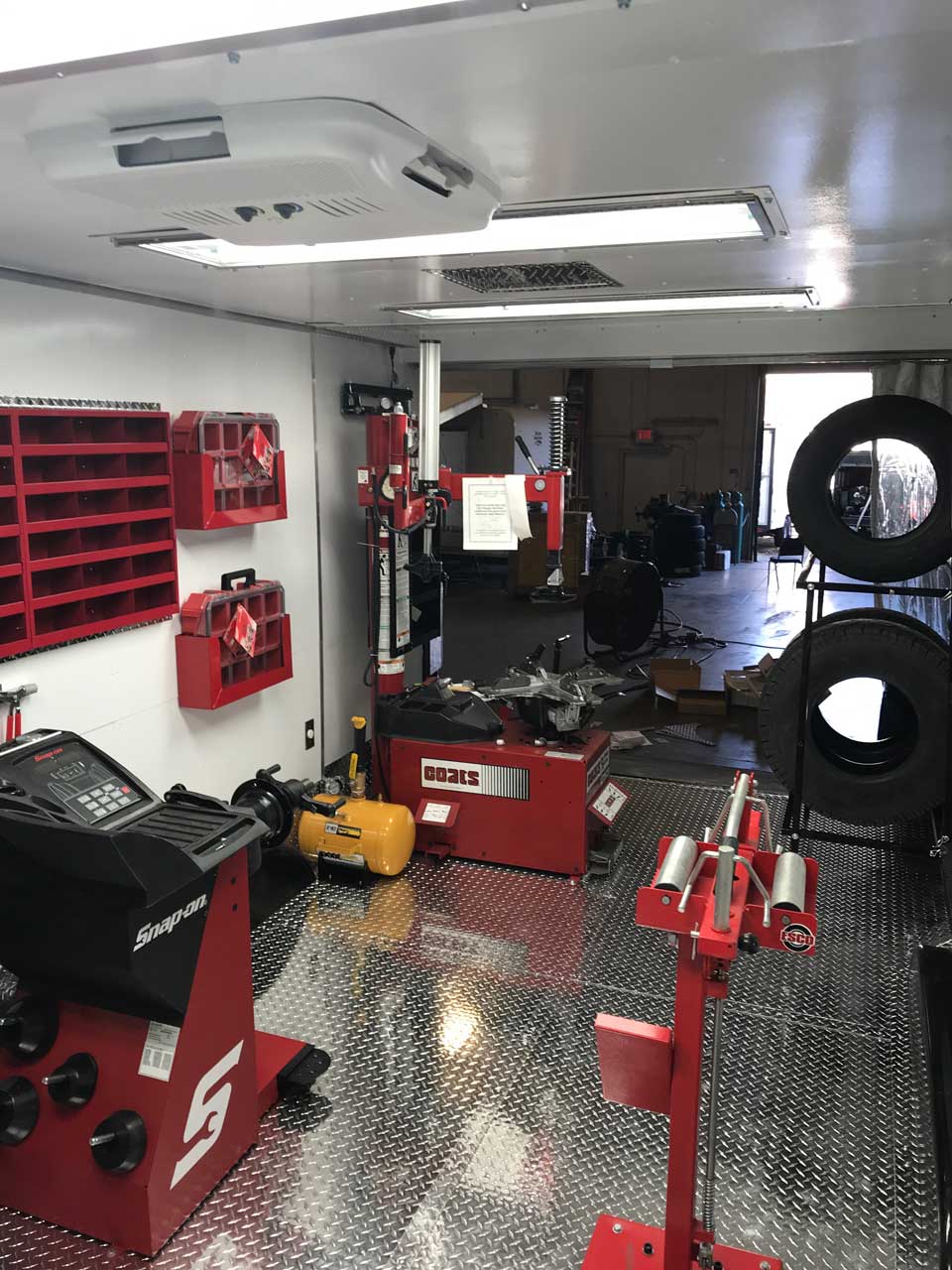Tire Service: The Influence of Weather
When it concerns making sure optimal performance and security when traveling, recognizing the effect of weather on tire solution is vital. From scorching warm to icy roads, each weather aspect can considerably affect tire functionality and total driving experience. By diving right into the results of varying climate condition on tires, motorists can acquire valuable insights that may improve their automobile's efficiency and long life. In this conversation, we will discover the complex connection in between weather and tire service, shedding light on the relevance of weather-specific tire maintenance techniques and considerations.
Heat and Tire Performance
When subjected to heats, tires experience adjustments in efficiency that can considerably affect automobile security and handling. The warmth generated from extended driving or heat conditions triggers the tire rubber to soften, resulting in decreased step life and raised wear. As the rubber comes to be softer, the tire's grasp when traveling diminishes, influencing stopping distances and overall traction. In extreme instances, too much warmth can also trigger tire blowouts, posing a severe safety and security threat to the automobile and its owners.

Winter Results
Cold weather conditions can have a significant influence on tire efficiency and safety. In cold climate, tires might additionally lose air pressure much more swiftly, which can affect managing and gas performance.
To reduce the effects of chilly weather on tires, it is crucial to routinely examine tire stress and inflate them to the manufacturer's advised levels. Using wintertime or all-season tires made for winter problems can likewise enhance traction and grasp on icy or snowy roads. Proper tire upkeep, including routine examinations for wear and damages, becomes much more critical throughout cooler months to ensure ideal performance and safety and security.
Rainy Issues Influence
Tires with worn-out treads are more vulnerable to hydroplaning, where a layer of water develops up between the tire and the road surface area, leading to loss of grip. To battle this, motorists ought to on a regular basis evaluate their tires for adequate tread deepness and think about investing in tires especially designed for damp conditions.
Additionally, wet weather can also decrease exposure, making it challenging for chauffeurs to see the roadway in advance clearly (GMC Tire Service). In i loved this such conditions, it is important to readjust driving speeds appropriately and keep a secure complying with distance to permit sudden quits. Effectively inflated tires can also assist in preserving control on wet roadways by providing much better handling and hold
Snow and Tire Security
Snow-covered roads pose one-of-a-kind difficulties for drivers, highlighting the value of appropriate tire selection and upkeep. When driving in snowy our website problems, having the best tires can make a substantial difference in safety and performance. Winter months tires are created with unique rubber compounds and walk patterns to supply much better grip on snow and ice compared to all-season tires. The deeper footsteps and sipes of winter months tires aid hold the roadway much better, decreasing the risk of slipping and moving.

It is crucial to comply with producer directions when setting up and using tire chains to stop damages to the tires and lorry. By choosing the best tires, preserving correct inflation, and thinking about additional grip help like tire chains, drivers can boost their safety when navigating snow-covered roadways.
Weather-Related Tire Maintenance
When confronted with various weather, correct tire upkeep ends up being a crucial facet of car security and efficiency. Weather-related tire upkeep incorporates a variety of methods aimed at making certain optimal tire feature and durability in different weather condition situations. One crucial facet of weather-related tire maintenance is tire stress regulation. Fluctuating temperature levels can trigger tire pressure to vary, impacting traction and fuel performance. On a regular basis adjusting and inspecting tire pressure according to producer recommendations is essential for risk-free driving in transforming climate condition. Additionally, tire tread depth plays a considerable duty in handling different climate elements. Tires with appropriate walk deepness provide better grasp on wet or icy roads, minimizing the risk of skidding or hydroplaning. When step wear reaches a particular depth is essential for preserving traction and stability in check my reference unfavorable weather condition, checking tire walk regularly and replacing tires. By focusing on weather-related tire maintenance, vehicle drivers can enhance safety, improve lorry efficiency, and extend the life-span of their tires.
Final Thought
In verdict, climate conditions have a significant impact on tire efficiency and safety and security. From heat impacting tire pressure and use to cold climate reducing grip, it is necessary to take into consideration the weather condition when keeping and making use of tires.
In this conversation, we will certainly explore the detailed connection in between weather condition conditions and tire solution, shedding light on the importance of weather-specific tire upkeep techniques and factors to consider.
